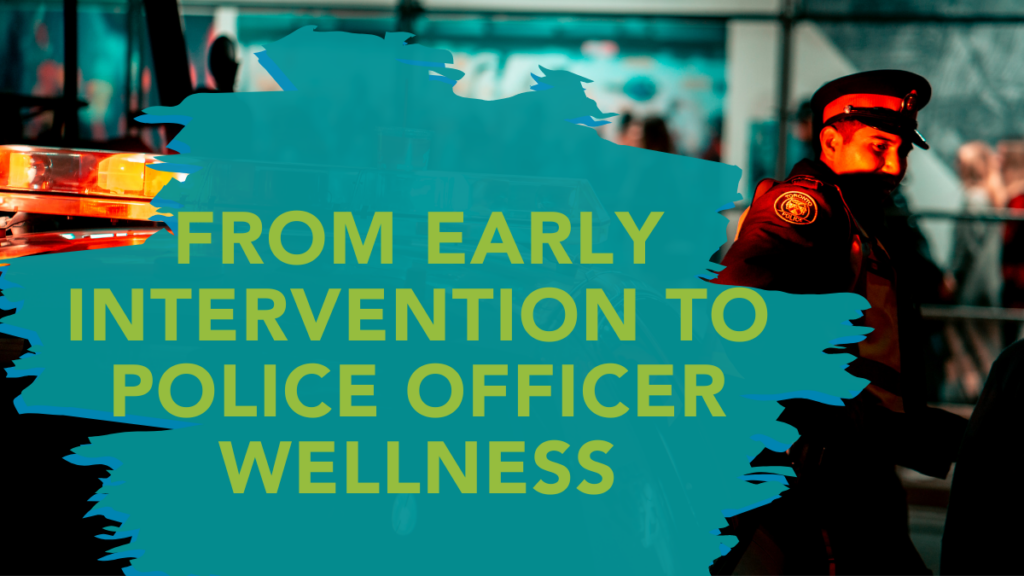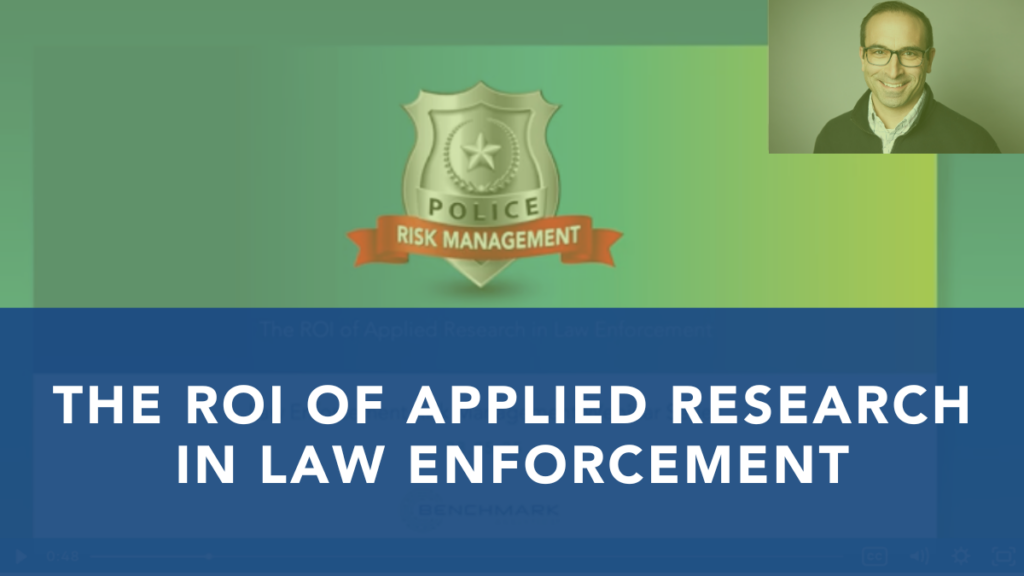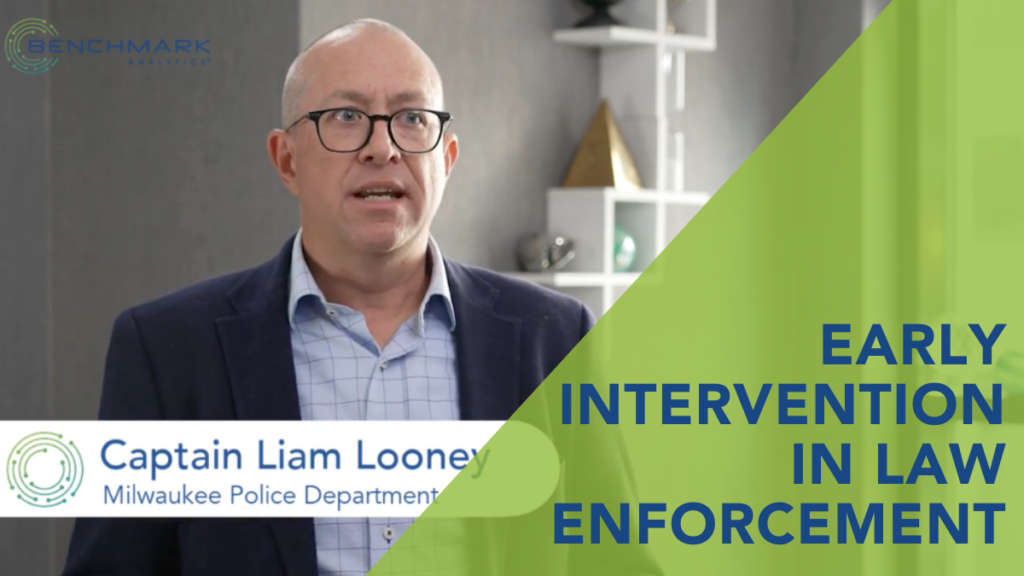Accreditation 101: The Benefits of State and National Police Accreditation
Posted
May 10, 2022
Share:
Law enforcement leaders frequently encounter important questions around police accreditation – do we have the time and, importantly, bandwidth to tackle accreditation? Can our agency afford the accreditation process? What are the differences between state and national accreditation?
A new era of police reform has ushered in the return of federal consent decrees and hundreds of legislative and regulatory changes at the state level. Transparency and public accountability drive the narrative around policing and have a substantial influence on the public’s perception of police. These factors contribute to a new emphasis and add to the urgency for law enforcement leaders to weigh the benefits of accreditation.
What is accreditation?
Law enforcement accreditation is a self-initiated, voluntary process based on standards reflective of best practices in law enforcement. Accreditation standards cover roles and responsibilities; relationships with other agencies; organization, management, administration; law enforcement operations, operational support, traffic law enforcement; detainee and court-related services; and auxiliary and technical services.

Much like accreditation for hospitals and educational institutions, law enforcement accreditation is a self-initiated, voluntary process. It is based on standards reflective of best practices in law enforcement. Accreditation standards cover a department’s roles and responsibilities; relationships with other agencies; organization, management, administration; law enforcement operations, operational support, traffic law enforcement; detainee and court-related services; and auxiliary and technical services.
What is national accreditation?
At the national level, the Commission on Accreditation for Law Enforcement Agencies (CALEA) administers accreditation for law enforcement agencies. In 1979, a group of the nation’s major law enforcement executive associations created CALEA as the national accreditation authority. CALEA improves public safety services delivery and maintains a body of professional standards that support the administration of accreditation programs. The primary benefits of CALEA accreditation are: controlled liability insurance cost; administrative improvements; greater accountability from supervisors; increased governmental and community support; means for developing or improving upon an agency’s relationship with the community; and facilitation of an agency’s pursuit of professional excellence.
CALEA accreditation is open to all types of law enforcement agencies. They are widely considered “Marks of Professional Excellence,” and case studies have demonstrated benefits for large and small public safety agencies. CALEA accreditation is also available for tribal law enforcement agencies and corrections departments.
Agencies undergoing CALEA accreditation experience a five-phase process:
- Enrollment: Agencies enroll in one or more of the CALEA Accreditation programs.
- Self-Assessment: Initial self-assessment timeframes can take 24 – 26 months, and according to CALEA, “self-assessment refers to the internal, systematic analysis of an agency’s operations, management and practices to determine if it complies with applicable standards.”
- Assessment: The assessment phase ensures standard compliance.
- Commission Review Decision: The final credentialing decision is made by the Board of CALEA Commissioners. The Board facilitates a review hearing to discuss the assessment.
- Maintaining Accreditation: CALEA accreditation is an on-going quality performance review of an agency. Therefore, reaccreditation is contingent upon the agency’s ability to meet CALEA standards and demonstrate continued compliance.
What is state accreditation?
State accreditation programs are designed to help law enforcement agencies establish and maintain standards that represent current professional law enforcement practices; to increase the effectiveness and efficiency in the delivery of law enforcement services; and to establish standards that address and reduce liability for the agency and its members.
According to the Michigan Association of Chiefs of Police Law Enforcement Accreditation Program (MLEAC), Michigan agencies seek accreditation for multiple reasons:
- Accredited status represents a significant professional achievement – a ‘stamp of approval.’
- Decreased exposure to liability risk and costs
- Enhanced knowledge of written directives.
- Broadens officer perspective and experience with nationally accepted best practices.
- Accreditation requires the agency to ensure provided proofs follow standards and written directives.
- Supports public confidence in policing
The last item is essential. Efforts at increasing the transparency of operations and policy through accreditation can make a meaningful impact in improving the public’s trust in policing. Maintaining public support is crucial in this contemporary era of rapid movement on reform measures and significant policy changes.
In state-level accreditation programs such as the one offered by MLEAC, achieving accreditation includes a thorough self-analysis to determine how existing operations can be adapted to meet state standards. When procedures and policies are in place, a team of trained state assessors verifies that applicable standards have been successfully implemented.
National vs. State Accreditation — Key Differences
A significant difference between state and national accreditation programs is in the “lift” necessary at the agency level or the work involved in achieving accreditation. Typically, state programs have fewer defined criteria than national accreditation programs.

For example, as of 2022, MLEAC has 108 standards, while the Texas Police Chiefs Association Foundation Law Enforcement Agency Best Practices Recognition Program (TPCAF Recognition Program) has 170. In comparison, CALEA has approximately 458 standards. Though the standards vary from state to state, it is generally true that accreditation at the national level is a more rigorous and time-intensive process.
In many cases, state accreditation programs for police have a lot of similar themes and overlap with CALEA’s national accreditation requirements — and are written to address issues specific to their state’s regulations. According to the TPCAF Recognition Program site, the program is similar to the national accreditation program but easier to administer and designed with Texas law enforcement agencies in mind. Similarly, Neal A. Rossow, Director of Professional Development/Program Director at MACP, stated, “We designed an accreditation process that any department could afford and could achieve. Our first accredited agency was the Rockford Department of Public Safety with ten officers.”
Because of these two key differences, many agencies use state accreditation as a stepping stone to CALEA accreditation. Simply, it provides the ability to engage in the process without getting overwhelmed by cost or the number of standards present at the national level.
CALEA is an outstanding national accreditation program, as are many state accreditation programs. Whichever accreditation program an agency undertakes, they demonstrate to themselves and the community they serve their commitment to transparency and excellence in law enforcement.
To learn more about police accreditation, take a look at our blog post: Agency Accreditation: What to Consider Before Pursuing it for your Department.
Related Posts
Ready to Experience the Benchmark Difference?
Benchmark Analytics and its powerful suite of solutions can help you turn your agency’s challenges into opportunities. Get in touch with our expert team today.



